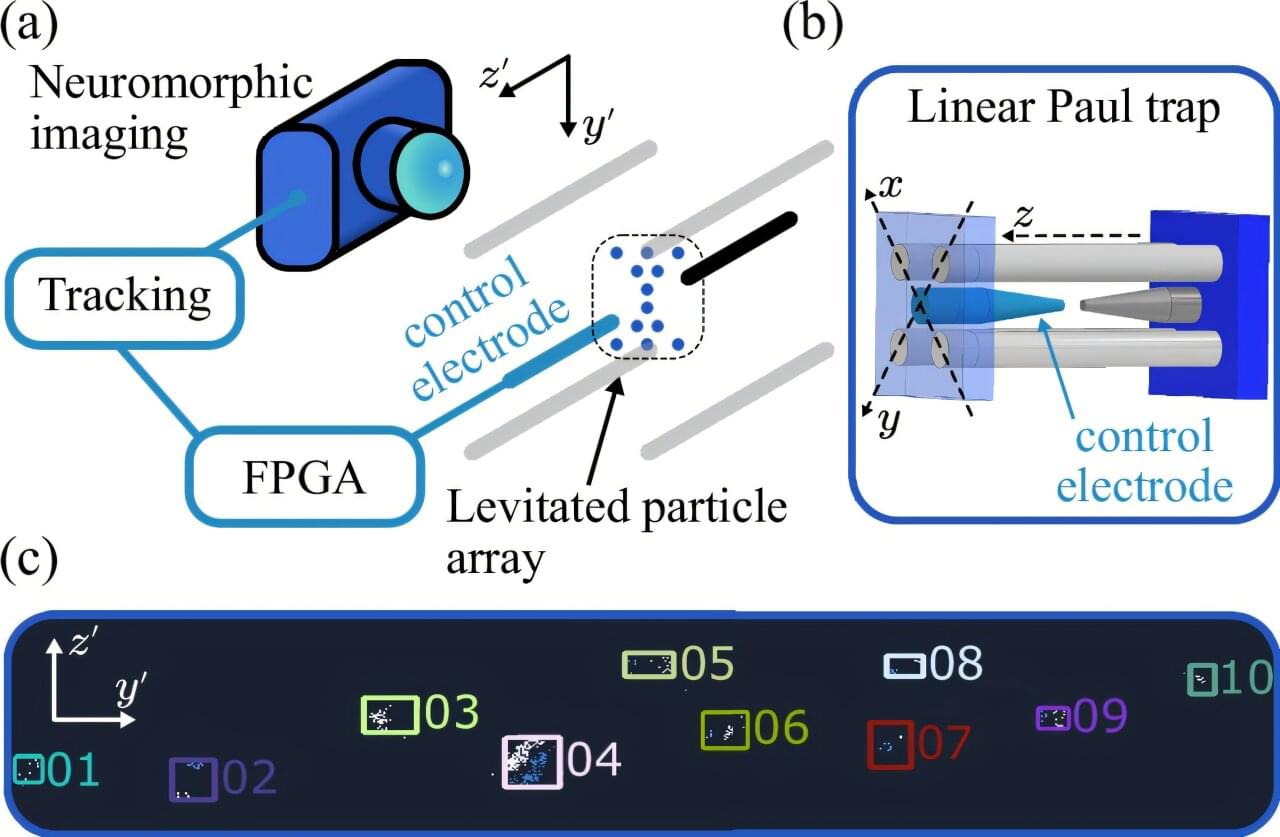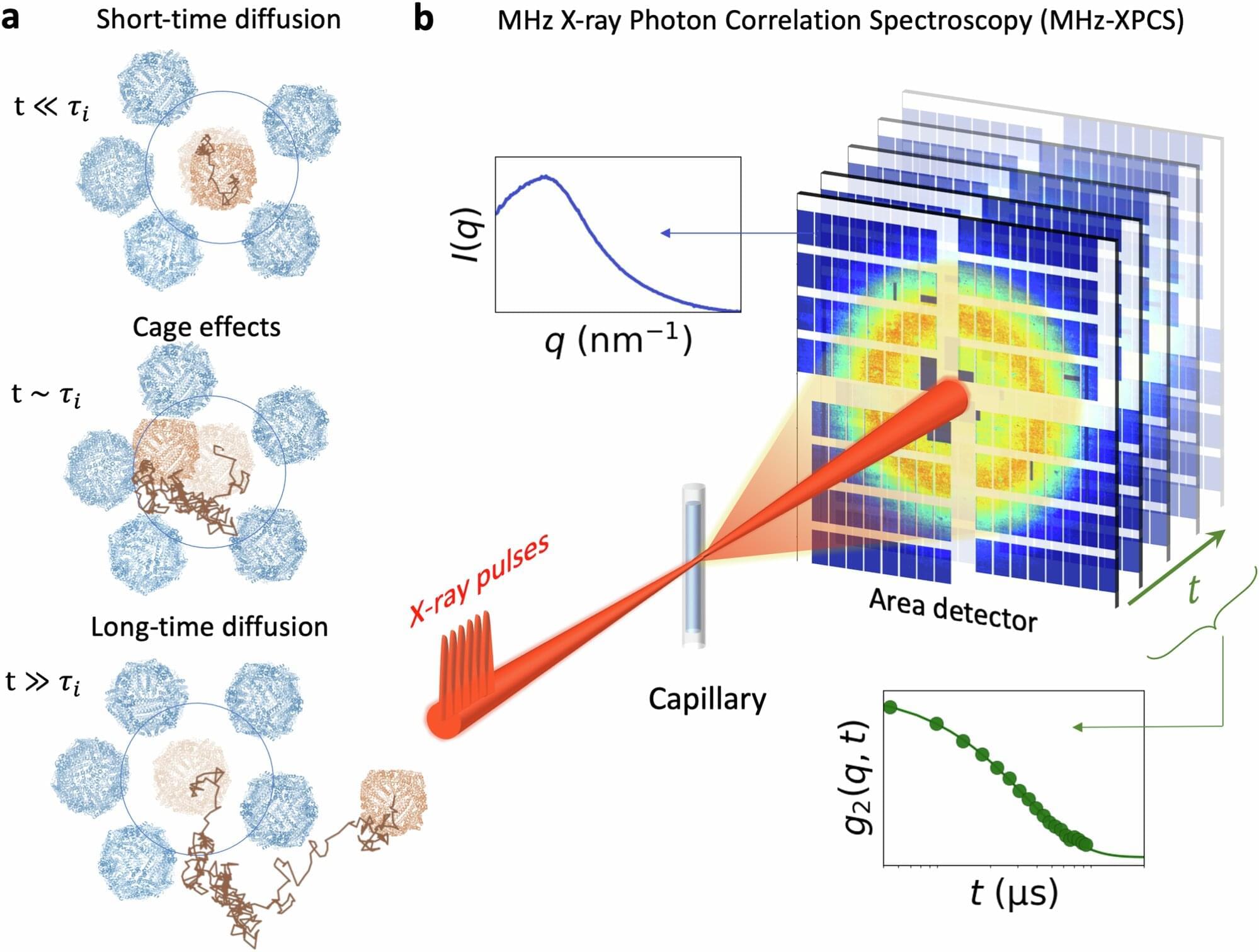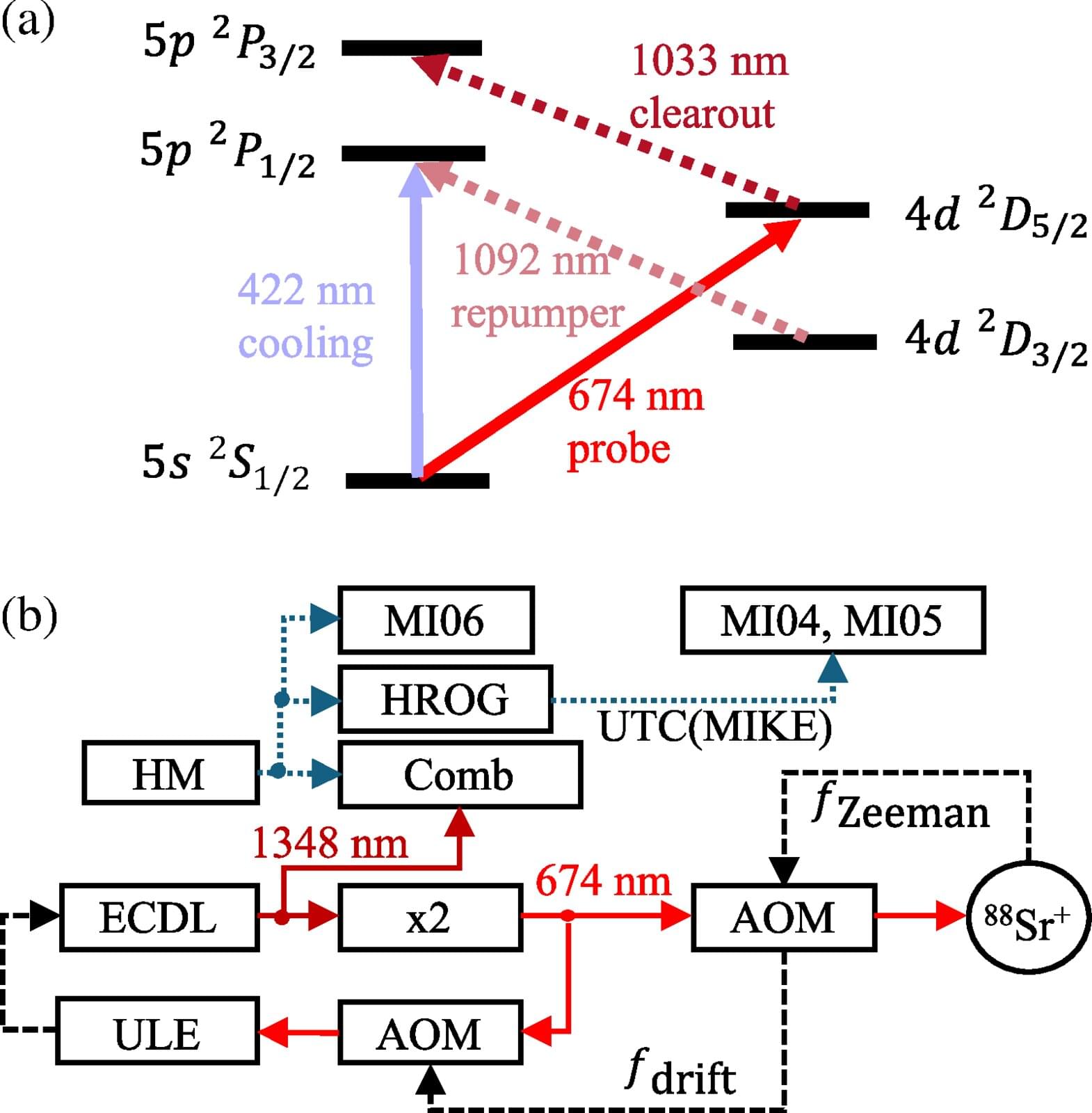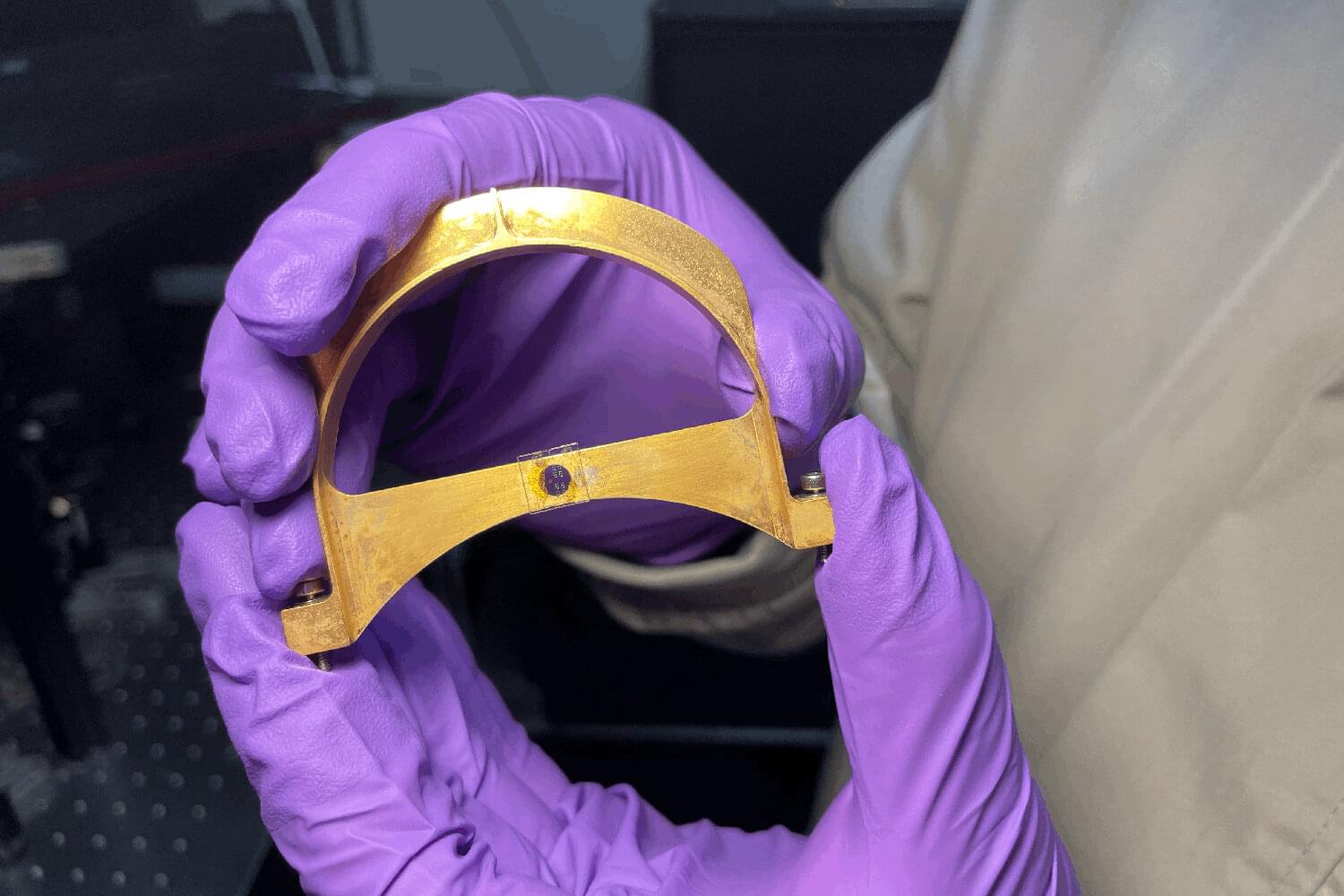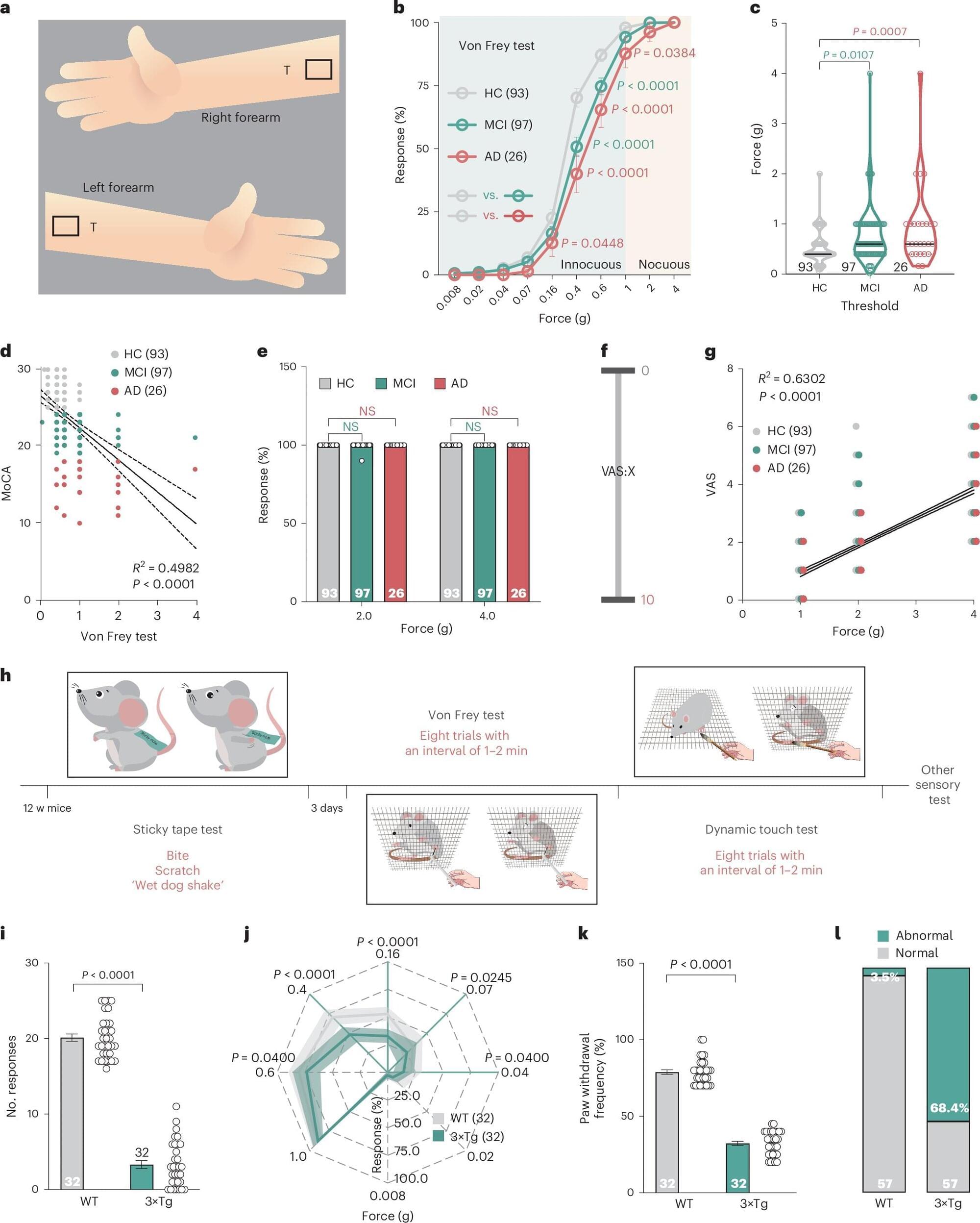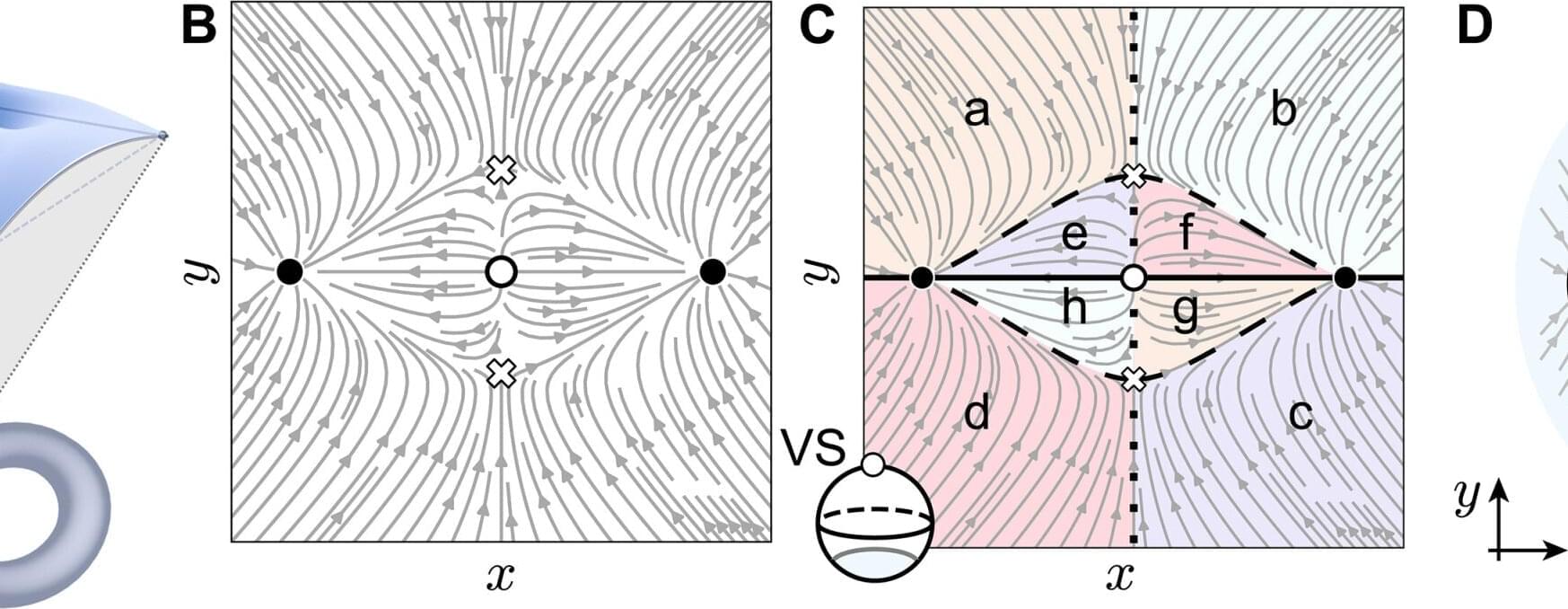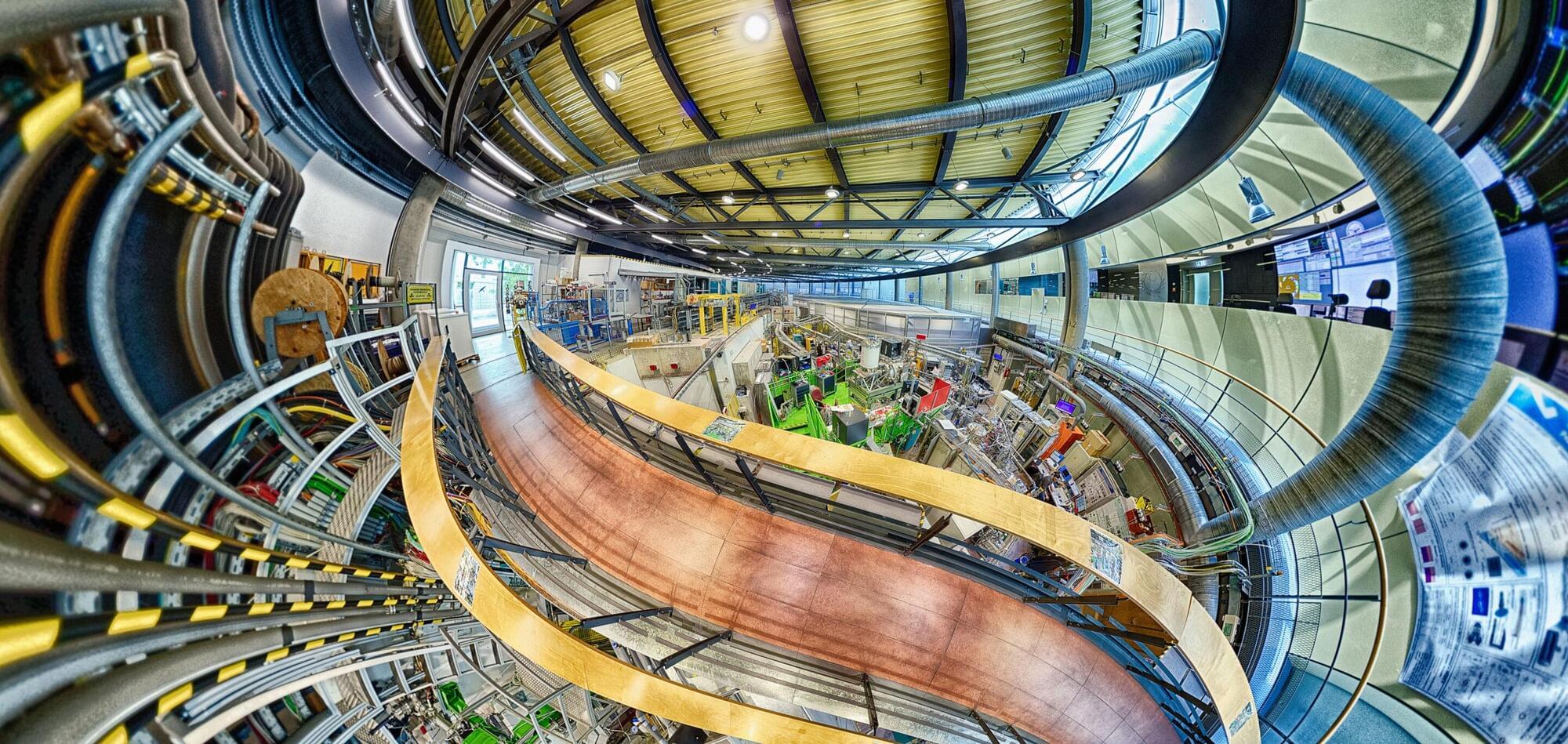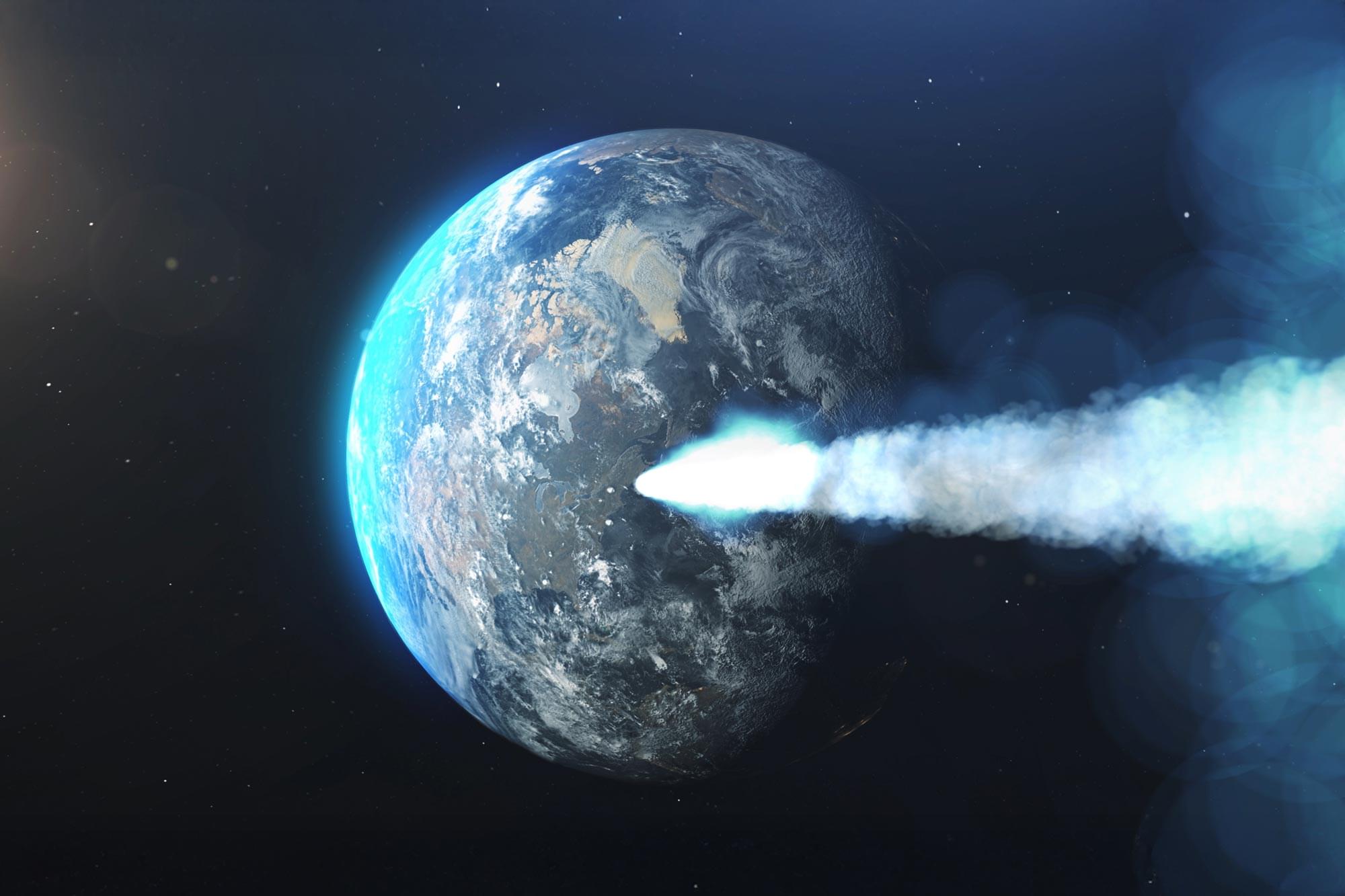A new type of sensor that levitates dozens of glass microparticles could revolutionize the accuracy and efficiency of sensing, laying the foundation for better autonomous vehicles, navigation and even the detection of dark matter.
Using a camera inspired by the human eye, scientists from King’s College London believe they could track upwards of 100 floating particles in what could be one of the most sensitive sensors to date.
Levitating sensors typically isolate small particles to observe and quantify the impact of outside forces like acceleration on them. The higher the number of particles which could be disturbed and the greater their isolation from their environment, the more accurate the sensor can be.
